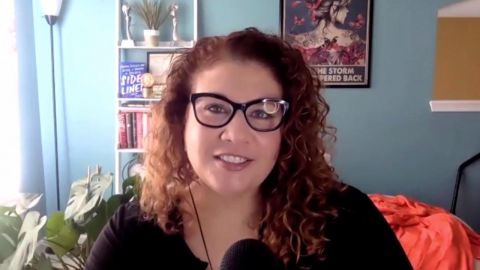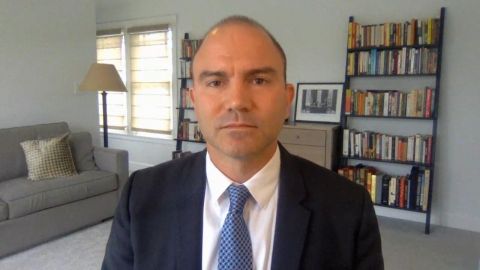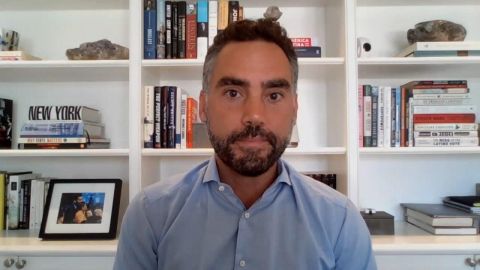Read Transcript EXPAND
ENRIQUE ACEVEDO, CORRESPONDENT, “60 MINUTES+”: I think they’re trying to build a plane while flying, in many ways, because they understand that they need to spend a little more money in the places where migrants are coming from to make a big difference at the U.S.-Mexico border, as opposed to spending more money, billions in border enforcement and border security, without making any difference in the communities that are expelling these migrants. But, at the same time, the political climate in the U.S. is not lending itself to that narrative. It’s going to be hard to justify that and to create the kind of oversight that you’re about, especially when Republicans are very clear about first focusing more on border enforcement and immigration enforcement within the U.S. than on the root causes of immigration. So I think the administration is going to try different things. I think that part of the reason why Vice President Harris is right now in Guatemala and then in Mexico is going to be — it’s going to have to do with reducing the flow of migrants. For example, there’s talk about asking Mexico to impose a visa for Brazilians who are immigrating from that country trying to go through Mexico and then cross without documents into the United States. There’s talk about new ways of restricting immigration flows from Latin America, from the Northern Triangle, the so-called Northern Triangle, Guatemala, El Salvador and Honduras, through Mexico. And we will see what ends up in that negotiation.
BIANNA GOLODRYGA: and Mexico will be the vice president stop tomorrow, obviously, a key player there and partner in this crisis in issue. And she will be meeting with President Lopez Obrador. They are expected to make an announcement tomorrow, signing an agreement on migration and development with the U.S. How much should we make of this announcement? Is this sort of just something to give the administration and to show that there’s some cooperation with the vice president there? Or do you think this is really something of substance?
ACEVEDO: Well, her — the vice president’s visit to Mexico couldn’t come at a more consequential time for that country, right after the midterm elections just yesterday–
GOLODRYGA: Right.
ACEVEDO: — that, like you said, made a dent in the kind of political power that President Lopez Obrador had on the country. He is now forced to negotiate with other political parties in terms of domestic policy. And I think he’s also forced now to negotiate with the United States in terms of finding a common solution to a regional problem, because this is not just a U.S. or a U.S.-Mexico border problem. It’s really a regional crisis that is manifesting at the border. So, I think we will have to go into the details of that agreement to see if it’s really something different from what we have seen in the past. There are some coincidences in the approach from both the Mexican government and the Biden administration in terms of what’s needed to solve this.
About This Episode EXPAND
Border encounters reached a two decade high in April, according to the US Customs and Border Protection, and nearly half were from Central America.
LEARN MORE



